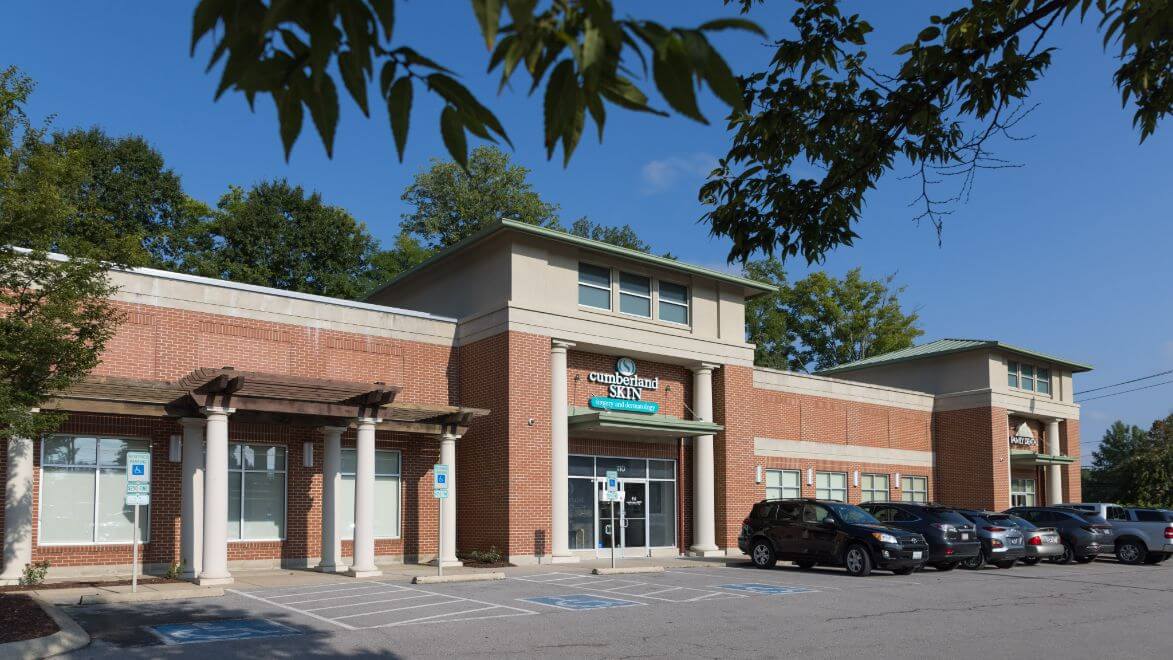Mohs Surgery
Mohs Surgery: Precision Skin Cancer Treatment with Exceptional Results
Mohs surgery is a highly specialized technique designed to treat skin cancer, particularly basal cell carcinoma and squamous cell carcinoma. This meticulous procedure involves the progressive removal of thin layers of cancerous skin, which are immediately examined under a microscope. The process is repeated until no cancer cells remain, ensuring the complete removal of cancerous tissue while preserving as much healthy tissue as possible. Mohs surgery is renowned for its high cure rate and its ability to maintain the cosmetic appearance of the skin.
Why Choose Mohs Surgery at Cumberland Skin?
At Cumberland Skin, our Mohs surgeons are specially trained in this precise technique, leading to the highest success rate of all skin cancer treatments. With cure rates approaching 99 percent, you can trust that you’re in expert hands. Mohs surgery is not only about removing cancer—it’s about doing so with minimal impact on your appearance, making it an ideal choice for treating skin cancer in delicate or visible areas.
Opting for Mohs surgery at Cumberland Skin means choosing the gold standard in skin cancer treatment, where our specialists are dedicated to delivering the best possible outcomes. If you’re facing a skin cancer diagnosis, schedule a consultation with our expert Mohs surgeons and take a confident step toward recovery with a treatment plan that prioritizes both your health and your cosmetic concerns.
Examples of Mohs Surgery
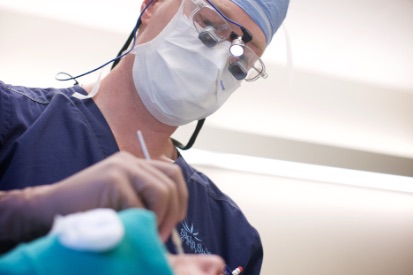
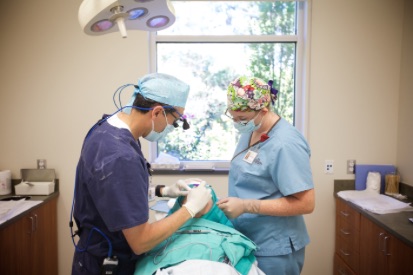
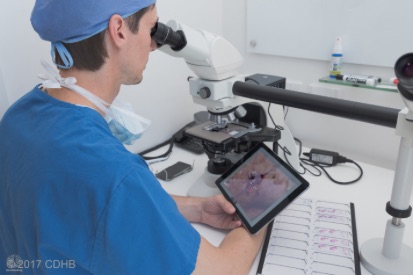
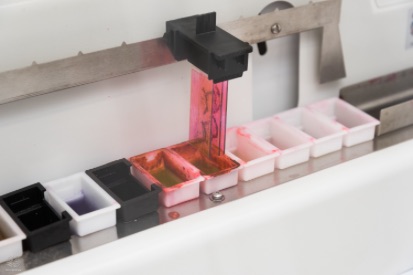
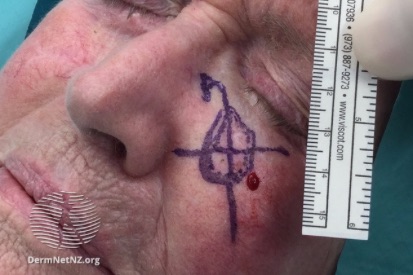
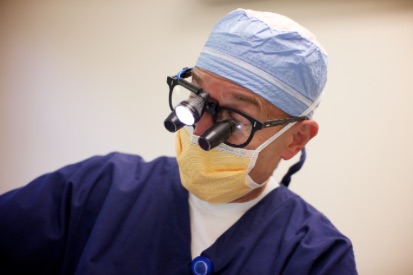
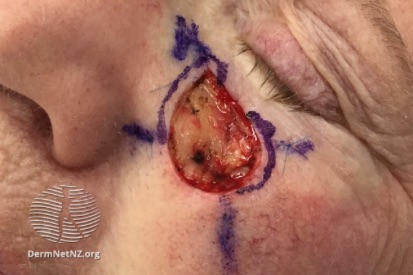
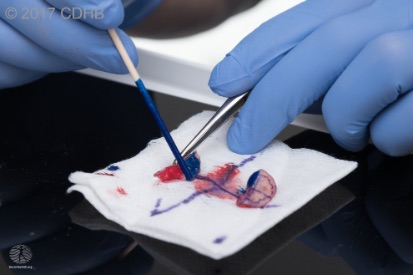
What is Mohs Surgery?
Mohs surgery is a precise, state-of-the-art procedure for removing skin cancer with the highest potential for cure, even for cancers that have returned. Mohs micrographic surgery allows the physician to examine tissue in real time and ensure all cancer cells are removed while preserving healthy tissue.
This meticulous approach makes Mohs surgery for skin cancer especially effective for basal cell carcinoma, squamous cell carcinoma, and early-stage melanoma. By targeting the entire tumor down to its roots, Mohs surgery maximizes cure rates and minimizes scarring, giving patients confidence and peace of mind.
This procedure is most often used in treating three of the most common forms of skin cancer: melanoma, basal cell carcinoma and squamous cell carcinoma.Mohs Surgery Benefits
Mohs surgery is the most precise method for removing skin cancer, providing patients with confidence in both the effectiveness of the treatment and the preservation of healthy tissue. Performed by specially trained dermatologic surgeons, this technique carefully removes cancer layer by layer while examining each section under a microscope, ensuring thorough treatment and optimal outcomes.
Key benefits of Mohs surgery include:
- Maximized tissue preservation – Healthy skin is spared, reducing scarring and maintaining natural appearance.
- Targeted cancer removal – Every layer is examined to ensure the entire tumor is removed.
- Effective for high-risk areas – Ideal for delicate regions like the face, ears, and hands.
- Lower recurrence rates – Reduces the chance of skin cancer returning compared to other methods.
- Customized reconstructive options – Surgeons can repair the site immediately, improving cosmetic and functional results.
How Cumberland Skin Can Help
Mohs Surgery FAQs
Mohs surgery is the most effective treatment for many squamous cell carcinoma and basal cell carcinomas. Using detailed techniques, the Mohs surgeon can pinpoint areas involved with cancer that are otherwise invisible to the naked eye. This allows the surgeon to remove even the smallest microscopic roots of cancer while removing as little normal skin as possible.
No. Mohs surgery is performed in an outpatient surgical suite and you may return home the same day.
Your appointment will be scheduled early in the day. Our staff will escort you into a surgical suite where the surgeon will numb the area around the skin cancer. Once it is numb, the visible cancer and a thin layer of tissue will be removed. This tissue is carefully mapped and coded by the surgeon and taken to the adjacent laboratory where the technician will immediately process the microscope slides. You will have a temporary dressing placed over the wound and you will be free to return to the reception area.
The surgical procedure alone takes 10-15 minutes. However, it takes a minimum of 1 1/2 to 2 hours to prepare and microscopically examine the tissues of each layer. Several surgical stages and microscopic examinations may be required, and you will be asked to wait in the patient reception area between stages. Although there is no way to tell before surgery how many stages will be necessary, most cancers are removed in three stages or less.
We would like to make the time you spend with us as pleasant and comfortable as possible. You may want to bring reading material to occupy your time while waiting for the microscope slides to be processed and examined. You may want to bring a sweater, as the temperature in our office varies. Magazines and beverages will be available in the reception area. If your visit extends through the lunch hour, your companion may visit the hospital cafeteria and bring you a snack or lunch since you are asked not to leave the reception area of our office.
The most difficult part of the procedure is waiting for the results from the laboratory. Since we do not know in advance how much time is necessary to remove the cancer and repair the wound, we ask that you plan to be in the office the entire day and that you make no other commitments. Please be sure to inform your companion and/or driver of this.
Mohs surgery will leave a scar just like any other treatment, however, because Mohs surgery removes as little normal tissue as possible, scarring is minimized. Immediately after the cancer is removed, we may choose (1) to leave the wound to heal itself, (2) to repair the wound with stitches, or (3) to reconstruct the wound with a skin graft or flap. This decision is based on the safest method that will provide the best cosmetic result.
From Our QualDerm Family of Providers: Mohs Surgery for Skin Cancer from Board-Certified Mohs Surgeon Dr. Paula Lapinski
What to Expect at Your During Your Mohs Procedure
During Mohs surgery, your procedure combines precise surgical removal with real-time microscopic analysis. The goal is to remove all cancerous tissue while preserving as much healthy skin as possible.
Here’s what typically happens:
- The visible tumor is carefully removed.
- Your surgeon creates a detailed “map” of the excised tissue to track any remaining cancer cells.
- Each layer of tissue is examined under a microscope.
- If cancer cells are detected, another thin layer is removed only from the affected area, then re-examined.
- This process repeats layer by layer until the tumor is eliminated.
By systematically removing only diseased tissue, Mohs surgery maximizes the chance of complete cancer removal while minimizing impact on surrounding healthy skin. Patients benefit from precision, safety, and the best possible cosmetic and functional outcomes.
How to Prepare for Mohs Surgery
To help ensure a smooth Mohs surgery experience, shower and wash your hair on the day of your procedure and eat your usual breakfast unless instructed otherwise. Bring a list of medications and be ready to complete a brief medical history form.
Upon arrival, complete a medical history form, bringing a list of medications. Discontinue Erectile Dysfunction medication 72 hours before surgery. Avoid alcohol for 48 hours before surgery and follow your provider’s guidance on medications such as aspirin, ibuprofen, or certain supplements. Skip makeup, perfume, nail polish, and jewelry, and arrange transportation if a sedative will be used. Your Mohs surgeon will provide personalized instructions to ensure you are fully prepared.
Planning for Recovery after Mohs Surgery
After Mohs surgery, plan for a smooth recovery by arranging transportation home, as you may feel groggy from anesthesia. Take it easy for a day or two, avoiding strenuous activity, and follow your surgeon’s post-operative care instructions carefully, including keeping the wound clean and dry. Most patients only need a single follow-up visit to examine the surgical site or remove dressings.
Ongoing skin health is important after treatment. Patients who have had skin cancer are at higher risk of developing it again, so lifetime annual skin exams and dermatological checkups are recommended. Your dermatologist will monitor both the treated area and your overall skin to catch any new cancers early.
Featured Products for Sun Protection
Check your local office for current stock!
Check your local office for current stock!
Related Blog Posts
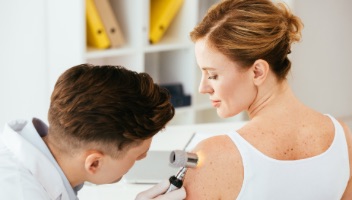
- Skin Cancer
- General Dermatology
- Skin Exams
- Sun Safety
If your dermatologist finds a suspicious mole during your TBSE, hey want to perform a skin biopsy.
Read More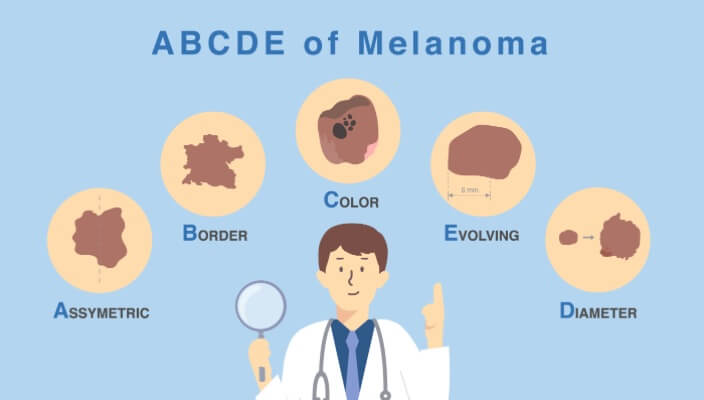
- Skin Cancer
- Skin Exams
Discover the ABCDEs of melanoma. Familiarize yourself with the five key indicators to aid in early detection and prompt medical attention for any suspicious moles or skin lesions.
Read More
- Skin Cancer
- General Dermatology
- Skin Exams
- Sun Safety
Uncover the unparalleled benefits of Mohs surgery. Learn how this precise technique ensures minimal tissue removal while maximizing cancer removal rates, offering patients superior outcomes in skin cancer treatment.
Read More

